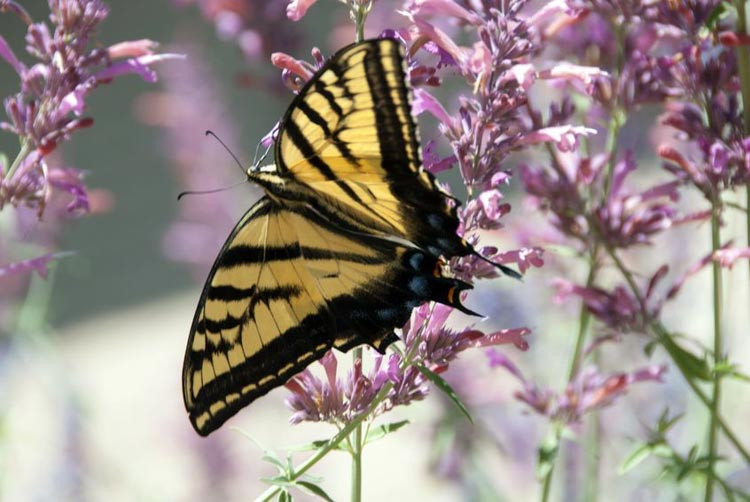Agastache (Hyssop) - Expert Tips for Gardening Success
Gardening with Agastache, or Hyssop, brings a burst of color, fragrance, and wildlife into your garden. This perennial is a beloved choice for its vibrant tubular flowers, aromatic leaves, and inviting presence for pollinators. Here are some expert tips to help you succeed with Agastache:
- Location: Agastache thrives in full sun, but it can tolerate partial shade. However, full sun exposure encourages more vibrant blooms.
- Soil: Well-draining soil is essential to prevent root rot. If your soil is heavy clay, amend it with compost or coarse sand to improve drainage. A pH from slightly acidic to slightly alkaline is suitable for this plant.
- Watering: Agastache is drought tolerant once established, making it a good candidate for xeriscaping. However, during its first growing season, ensure consistent watering to establish deep root systems.
- Pruning: Deadhead spent flowers to promote a longer blooming season. Cut back the plant in late fall or early spring to encourage fresh growth.
- Companion Plants: Consider companions that enjoy similar growing conditions. Coneflowers, black-eyed susans, and salvia make excellent partners.
- Pests and Diseases: Agastache is deer resistant and generally pest-free. Proper watering techniques prevent root rot and mildew.
- Propagation: You can propagate Agastache by division, seeds, or stem cuttings. Early spring is the best time for division.
Remember, the key to Agastache’s successful cultivation is the balance of sun exposure, well-draining soil, and proper watering. Enjoy this lovely, fragrant addition to your garden!

